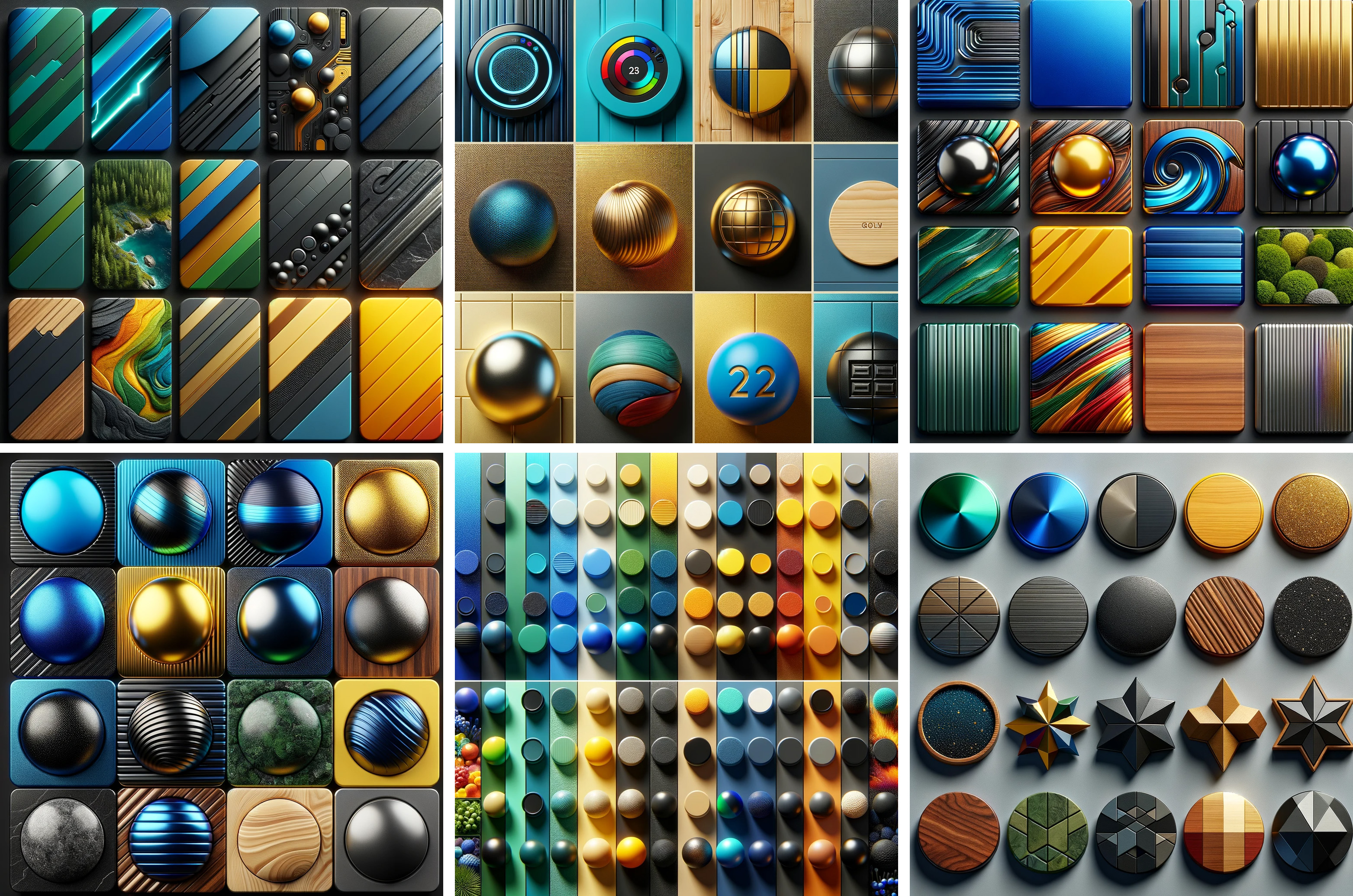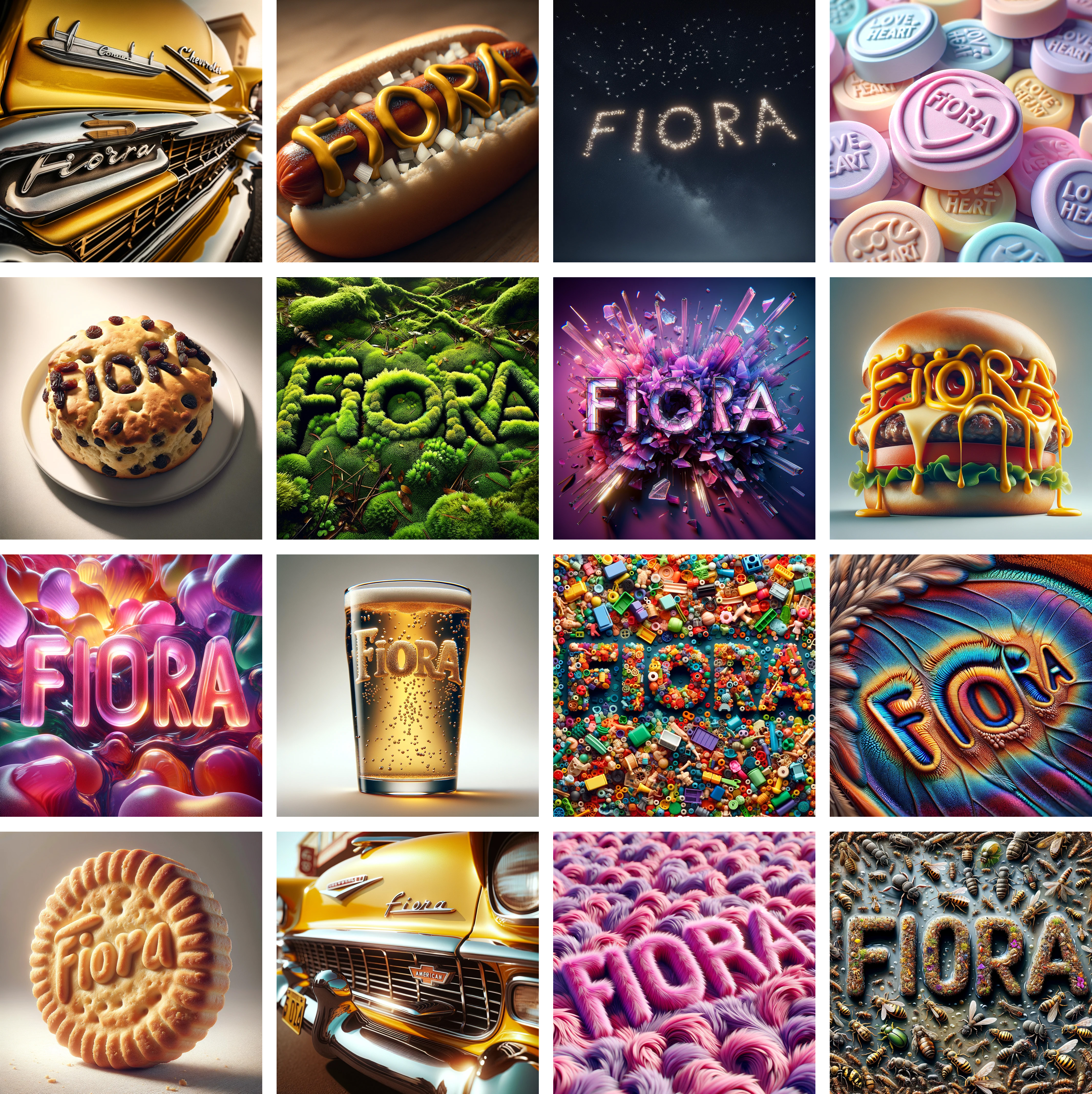In recent years, Generative AI has emerged as a transformative force in various fields, and the realm of design is no exception. This technology, which includes tools capable of generating images, text, and even code, is revolutionising the way designers approach their craft. By integrating Generative AI into the design process, professionals are finding new ways to enhance creativity, efficiency, and customisation. The team at Fiora are no exception; we have been exploring AI across all our processes, viewing everything through the lens of a key question: can we enhance our processes and improve our offering to our client partners?

What is Generative AI?
Generative AI refers to artificial intelligence algorithms that can generate new content based on the data they have been trained on. These AI models, such as GPT (Generative Pre-trained Transformer) for text and DALL-E for images, learn from vast datasets to produce original output that mimics human-created content. In design, this translates to AI generating visual elements, layouts, and even complete design concepts.
Enhancing Creativity
One of the most significant impacts of Generative AI in design is its potential to augment human creativity. Designers can use these AI tools to generate a multitude of ideas and visual concepts in a fraction of the time it would take manually. This rapid ideation can lead to more innovative and diverse design solutions. For instance, an AI could generate various colour schemes, patterns, or layouts based on certain parameters, providing designers with a rich array of options to choose from or build upon.
Streamlining the Design Process
Generative AI also streamlines the design process by automating routine tasks. This automation ranges from generating basic graphic elements to suggesting design alterations. For example, an AI tool could automatically adjust the layout of a webpage for different screen sizes, freeing up designers to focus on more complex and creative aspects of their projects.

Customisation and Personalisation
Another advantage of Generative AI is its ability to tailor designs to individual preferences or specific requirements. By feeding the AI system with data about user preferences or desired aesthetics, designers can create personalised designs at scale. This aspect is particularly valuable in industries like fashion, interior design, and marketing, where customisation is key to attracting and retaining customers.
Challenges and Ethical Considerations
Despite its advantages, the use of Generative AI in design comes with challenges. One major concern is the issue of originality and intellectual property, as it becomes increasingly difficult to attribute the origin of a design that is heavily AI-generated.
Moreover, ethical considerations arise regarding the datasets used to train these AI models. Biased or limited datasets can lead to AI-generated designs that perpetuate stereotypes or exclude certain groups. It is crucial for designers and AI developers to be mindful of these issues and strive for inclusive and responsible use of AI in design.
Conclusion
Generative AI is undeniably reshaping the landscape of design. Its ability to enhance creativity, streamline processes, and offer personalised solutions makes it an invaluable tool for modern designers. However, as with any groundbreaking technology, it is essential to navigate its use thoughtfully, considering both its immense potential and the challenges it presents. As the field continues to evolve, the fusion of human creativity and AI capabilities will likely lead to unprecedented innovation in design.
